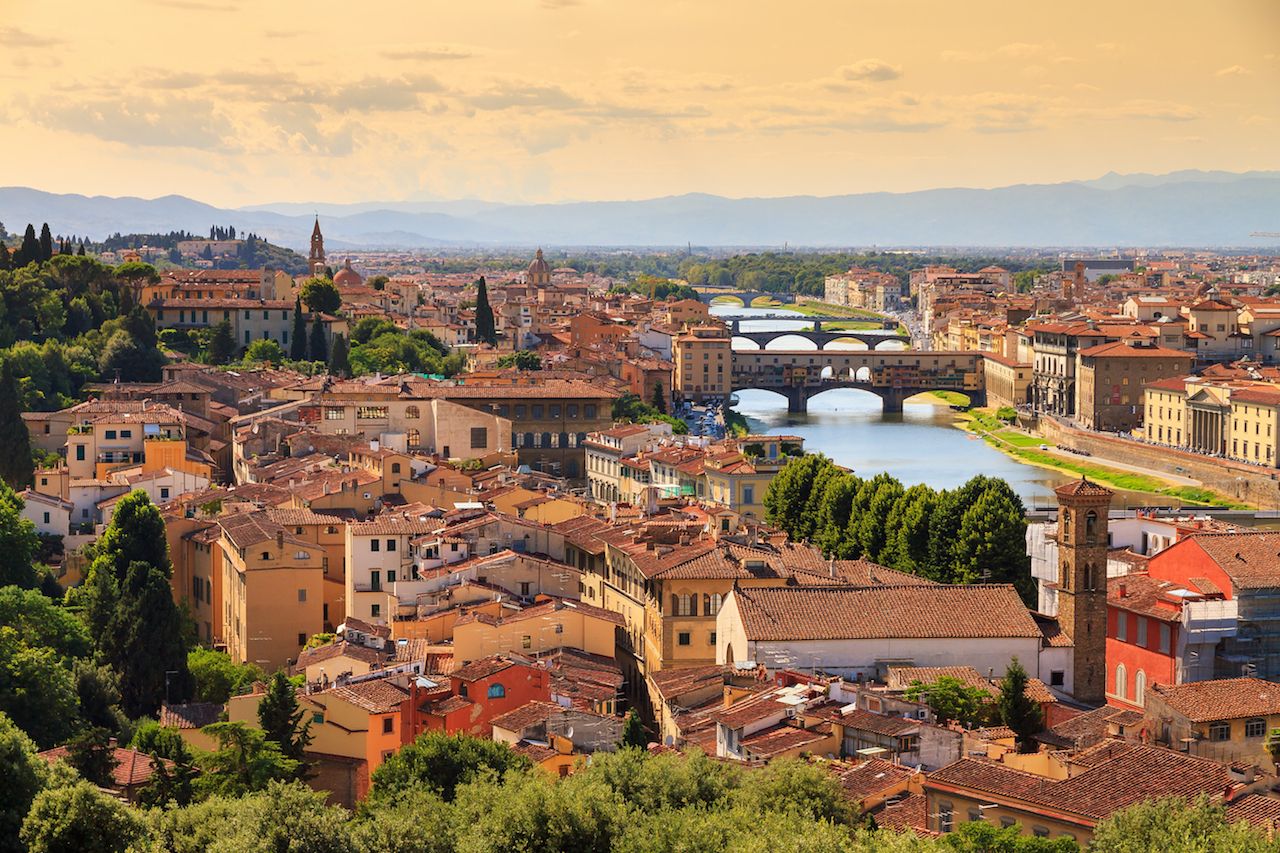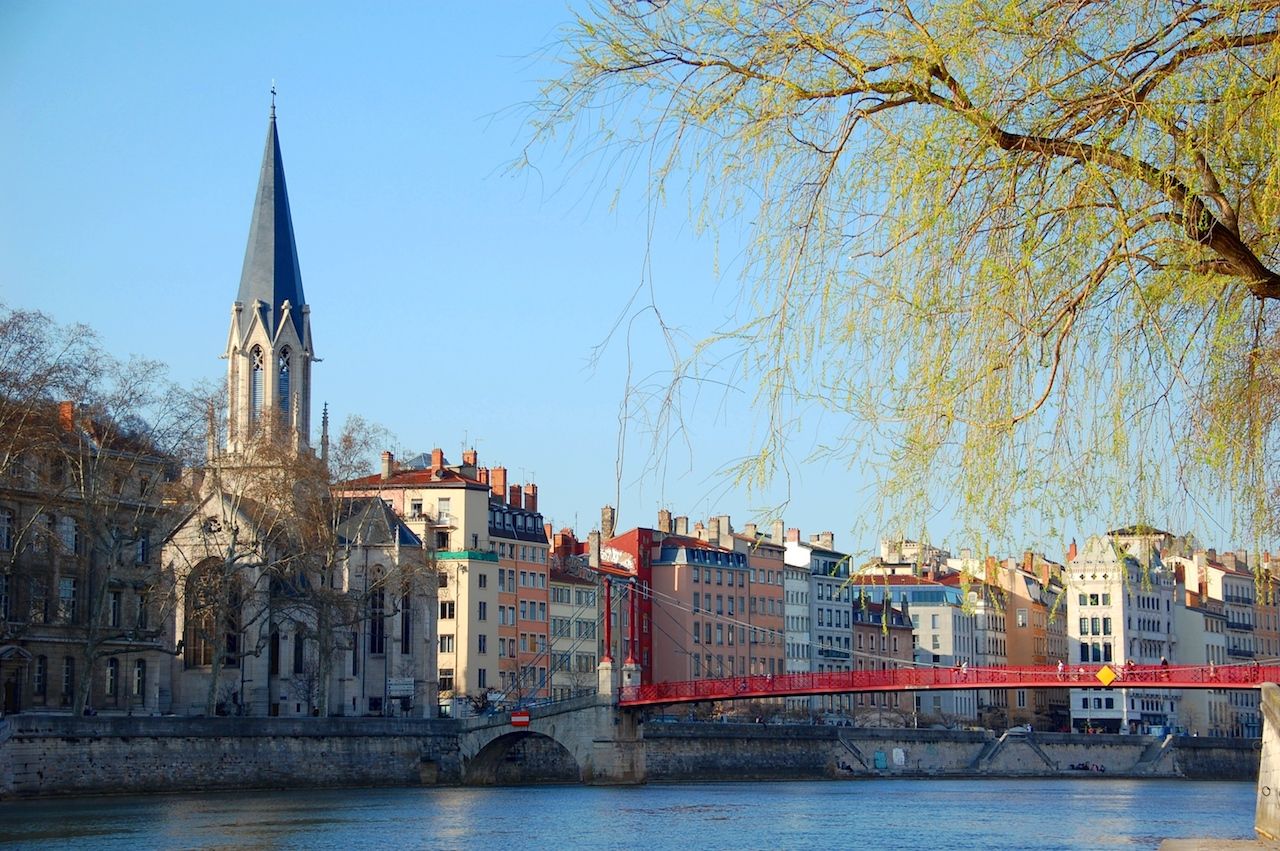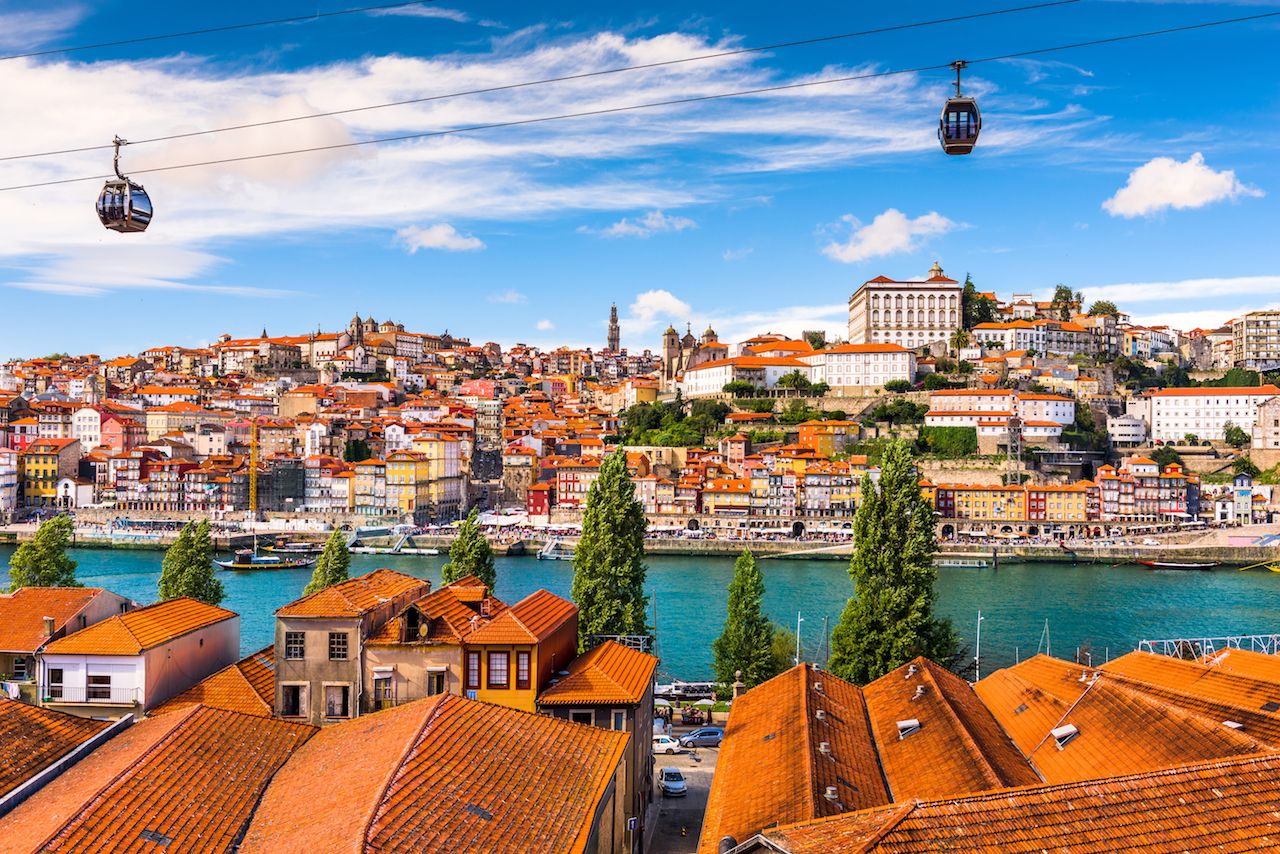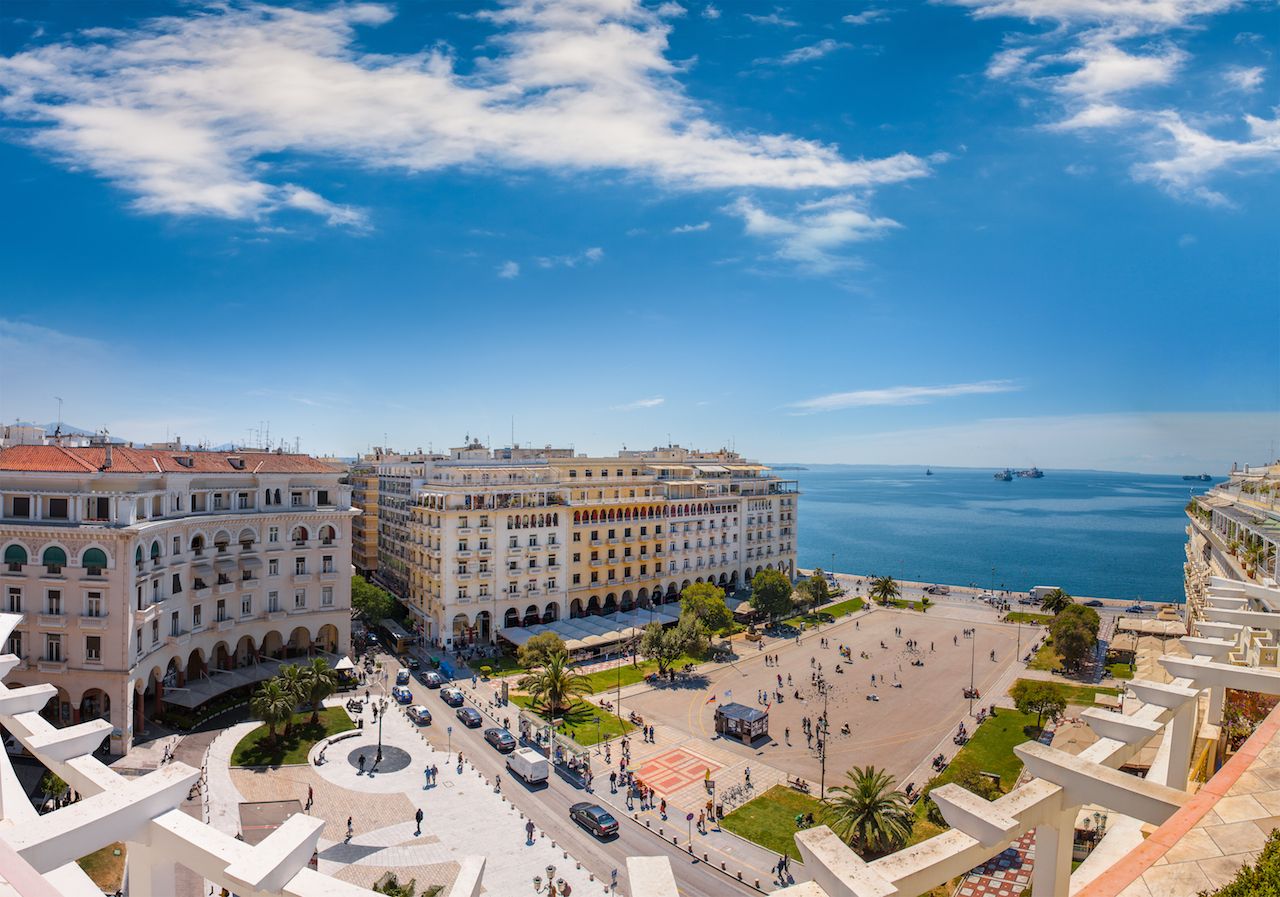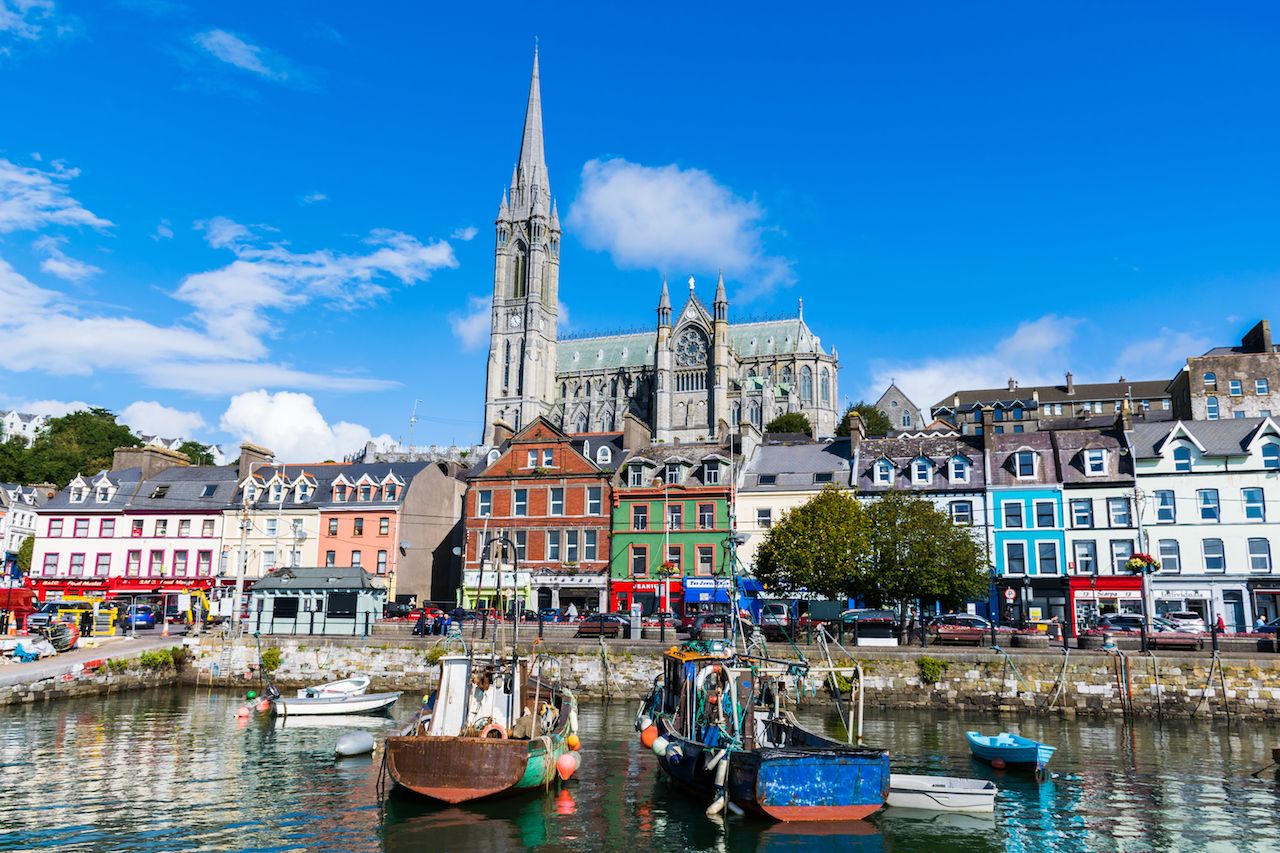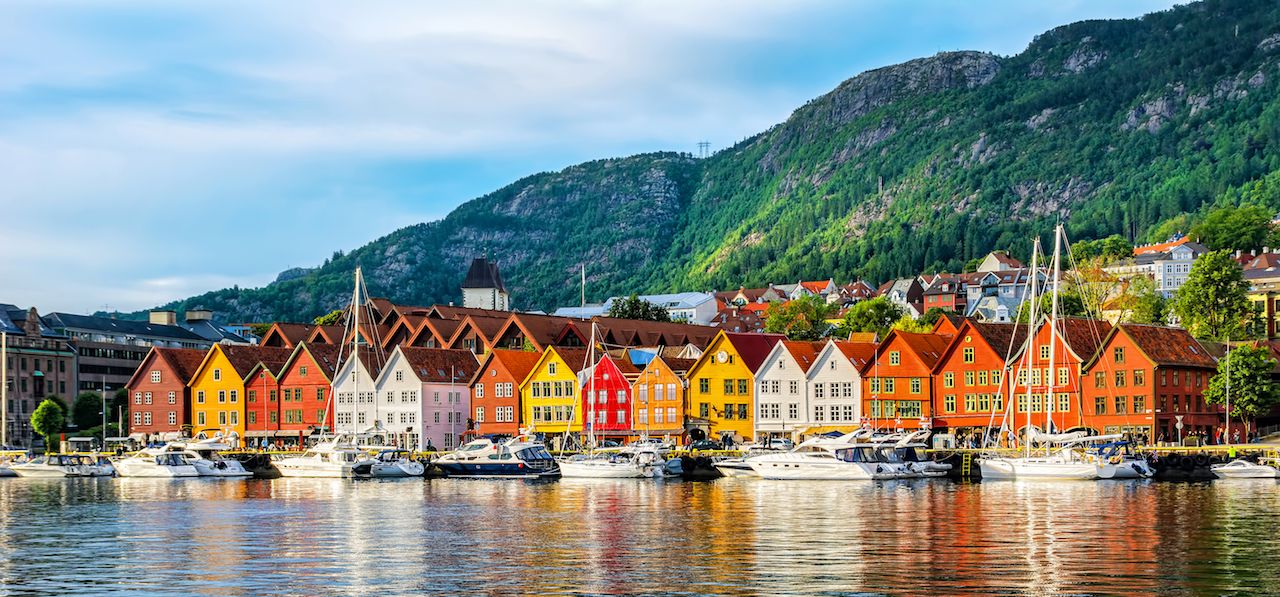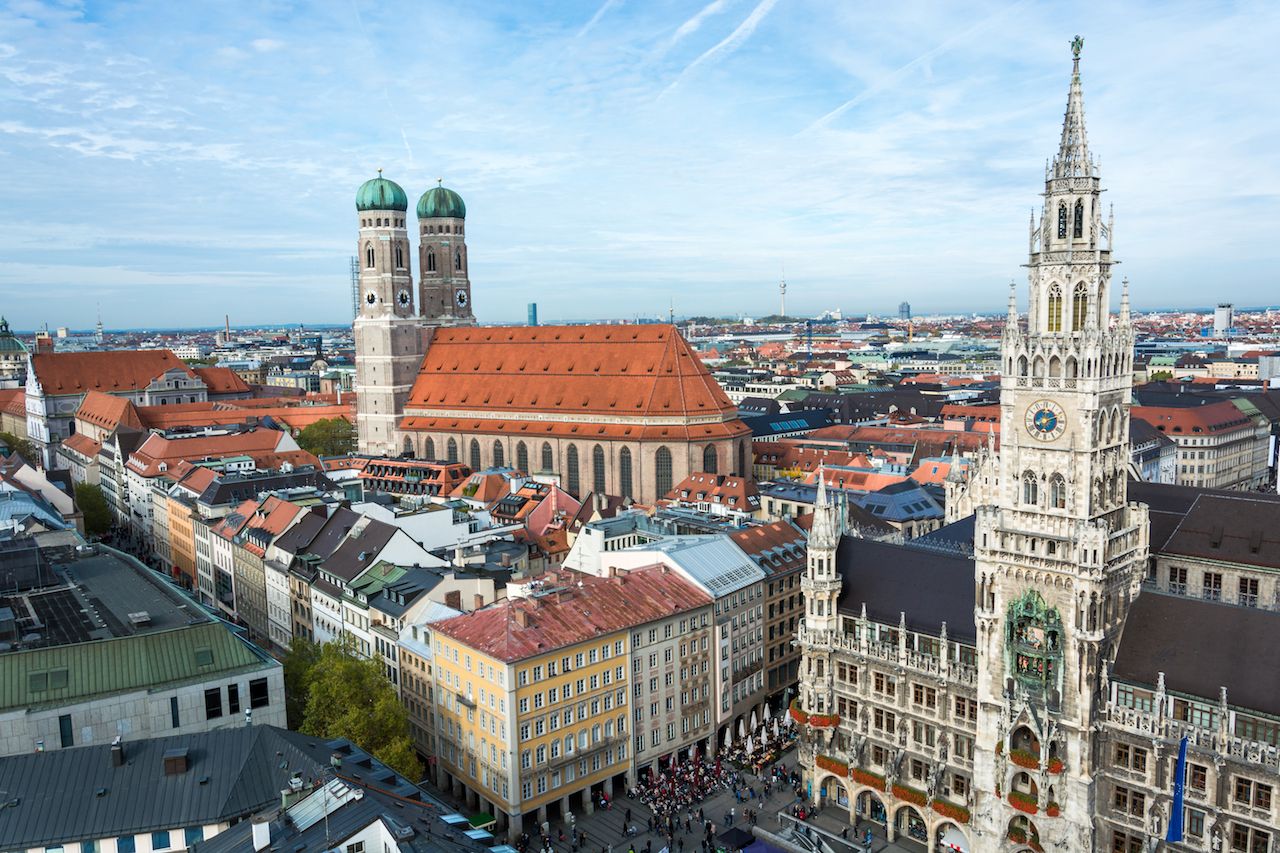All the attention in Europe is often concentrated on Paris, Rome, and the other great capitals. While these destinations are plenty exciting, many of the continent’s second cities have just as much going for them — if not more — than their famous counterparts.
Not only that, but they’re usually less crowded and cheaper to visit, and they’ll give you a more authentic sense of the country. Here are seven second cities that may inspire you to visit and give the heavyweights a miss.

